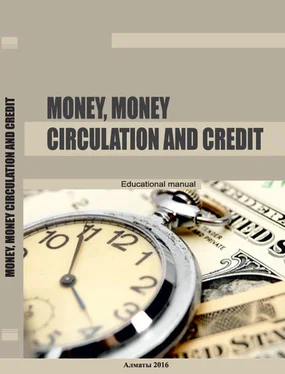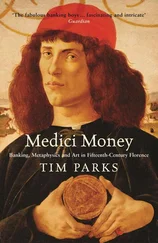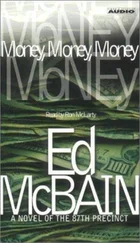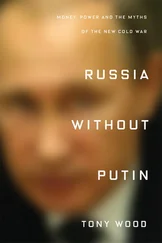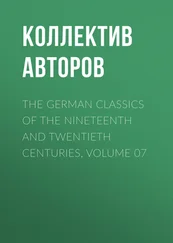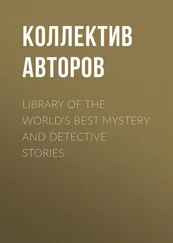Thanks to the fact when for long years USA purchased and sold gold, i.e. created or destroyed dollars the price of gold became stable on the level of 35 dollars and almost eliminate the inflation. Dollar’s credibility and American economic monetary policy stability were incredible moreover the foreign exchange banks at any time could change their dollars on gold.
During the «Bretton Woods system» action the World economy and World trade quicksteped to new peaks. Simultaneously the inflation index kept steady state (about 3 %). Only slight deflections were observed in most of the countries. However this system was fraught with some danger. Because the industrial productivity in USA in 1969-1970 was lower than European and Japan, the American goods’ competiveness on the World market fell. The dollar exchange rate revaluation was unavoidable. To save the system of stable foreign exchange rates was impossible. The sharp floating because of instability in dollar led to the «flight of the dollar» and its following fall in exchange. The dollar stayed a leading currency. And on April, 1972 the «Common Market» Nations came to a decision to establish between themselves more narrow range limits of their currencies and for this purpose created a so called «monetary snake».
In order to decide the problem of an international liquidity the International Monetary Fund constituted the special drawing rights (SDR). Initially in 1970 for one SDR a fixed gold content was hardly as for US dollar – 0.888671 g of pure gold. On Decenber, 1971 one more attempt was tried in order to stabilize the foreign exchange rates. The US dollar was devalued in relation to gold: from 35 U.S. dollar an ounce to 38 U.S. dollar an ounce.
On February, 1973 the US dollar was devalued for the second time and an exchange market should be closed for several weeks. In this regard most of the countries came to the system of floating rates. However after two devaluations of the US dollar and the «floating» foreign exchange rates introduction from July 1 st1974 the SDR unit value began to be determined on the basis of «currency basket:, i.e. the average weighted foreign exchange rate of the 16 leading capitalist countries the share of external trade of which constituted not less than 1 % of the world trade quantum.
From January 1 st, 1981 the quantity of currencies in the «currency basket» was decreased to five after what its content is subject to review every five years. However the countries of EES were not satisfied with the SDR system functioning and its close link with the US dollar.
From March 13 th, 1979 the European Monetary System began to function which consisted of 8 countries of the «Common Market» (Germany, France, Benelux, Italy, Ireland, Denmark). For the European Monetary System member countries a European Currency Unit ECU was introduced.
ECU is a paperless monetary unit in a type of account record in the member countries’ central banks. The value of ECU is determined on the basis of the average weighted exchange rate of these 12 governments. In order to determine a share ofthis or those currency in ECU the GNP (gross national products) of the member countries were matched.
A new stage of the West European integration development was the program of the currency and economic union creation which was established by Jacques Delors’s committee in April, 1989. Delors’s plan stipulated the creation of the Common Market, the EU competition motivation, the coordination of economy, budget and tax policies in order to control the inflation, to stabilize the prices and economy growth, the general government deficit minimisation and the cover methods improvement. On the basis of Delors’s plan to December, 1991 the Maastricht Treaty about the European Union was worked out which stipulated a stagewise formation of a currency economic union.
The first stage actually began in July, 1990 simultaniously with the total currency restrictions abolition regarding the capital flow to EU. The second started in January, 1994 with the beginning of the European Monetary Institute in Frankfurt on the Main consisting of the Central banks managing member countries. The purpose of the European Monetary Institute creation was the preparation for the European System of Central Banks organization and ECU banknote issue. The European Council laid on December, 1995 in Madrid confirmed the decision of the Common European Currency introduction from January, 1999 what became the third concluding stage.
The Council participants decided to refuse the name of «ECU» admitting EURO instead. As envisioned by the Council euro shouldn’t be a parallel national currency like it was ECU but it should become a single and common currency precisely for all the EU members which finally will replace marks, pounds and francs.
The technical transfer stipulated four stages. Till May, 1998 the European Union should decide what countries will constitute the monetary union. Australia, Belgium, Finland, France, Germany, Ireland, Luxembourg, Netherlands, Italy, Portugal and Spain were included into the first list. The Great Britain and the rest Scandinavian countries joint at the later stage. This group of the 11 above mentioned countries forms the market with the GDP of 6.5 billion USD and with the population more than 280 million people. For comparison: The US GDP is 6.955 billion USD with the population of 263 million people.
On the second stage which began on January 1 st, 1999 the fixed exchange rates were identified. The European Monetary Institute transformed into the European Central Bank. Beginning from the above date the monetary markets quote in euro which became the basic currency in the interbank payments. The correspondent banks chose their euro-clearing bank and set up the euro-accounts. The private individuals could hold euro for their bank accounts and make bank payments by means of this currency but still the banknotes and coins haven’t been issued for circulation.
On the third stage beginning from January 1 st, 2002 the euronotes and coins were put in circulation. Euro became the second lawful currency after the national as on streets as in shopping centers.
On the last stage six months ago the national currencies lost their lawfulness as a mean of payment but for some time banks exchanged them on euro. To July, 2002 euro become the only currency unit in the European Union. The emission and control of cash euro circulation were entrusted on the European Central Bank.
The function of world money is performed by the modern money but at limits. First of all nowadays it is not performed by all the money. For the second even those currencies (for example US dollars, euro, yens) which are actively used today in the international relations are not universal either and they don’t cover all the system of the World money circulation.
All the listed functions were fully performed by money in the condition of the gold standard, i.e. when the role of the total equivalent was played by gold. The suspension of gold standard led to the fact that money stopped to perform their two traditional functions (treasures and world money) which couldn’t be performed without gold in the quality of money. That’s why in the modem conditions the economic literature often indicates only three functions of money: standard of value, instrument of circulation and mean of payment though this is a debatable opinion.
A consideration must be given to that actually in performing by the modern money its functions the fundamental changes took place but it doesn’t mean that two of five functions do not exist at all.
The function of treasures forming actually transforms into the function of value store when money is considered as a special liquid asset which saves after the good sale and provides its owner with a purchasing power in future.
Читать дальше
